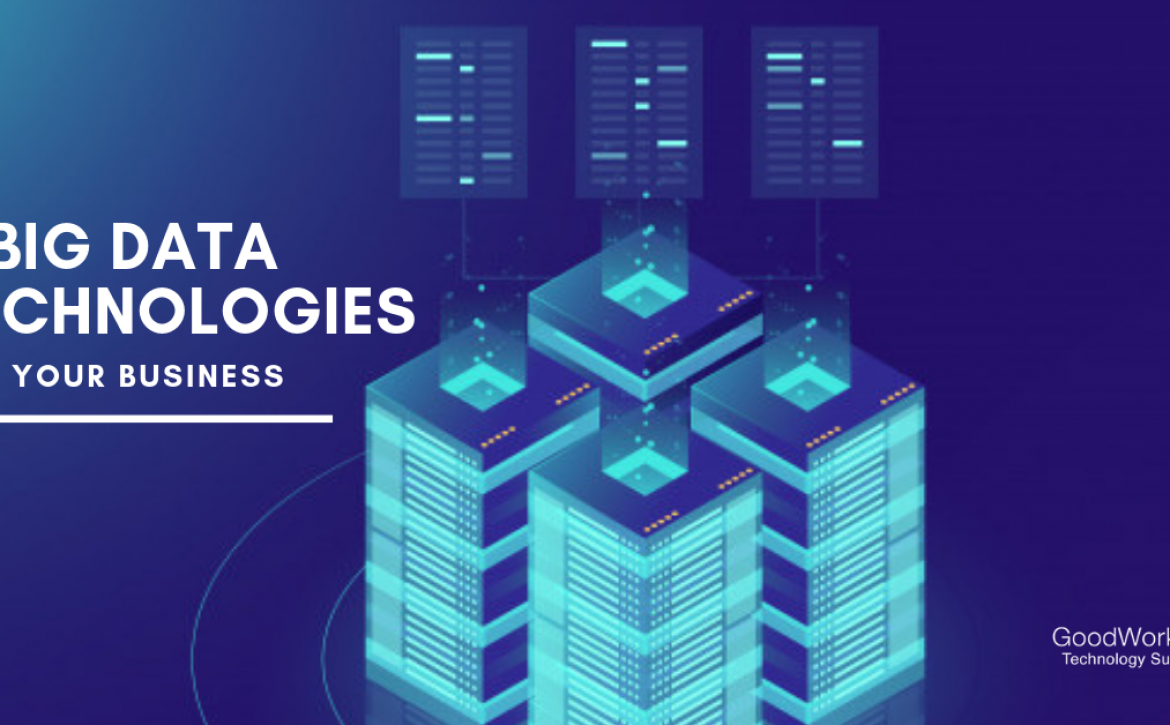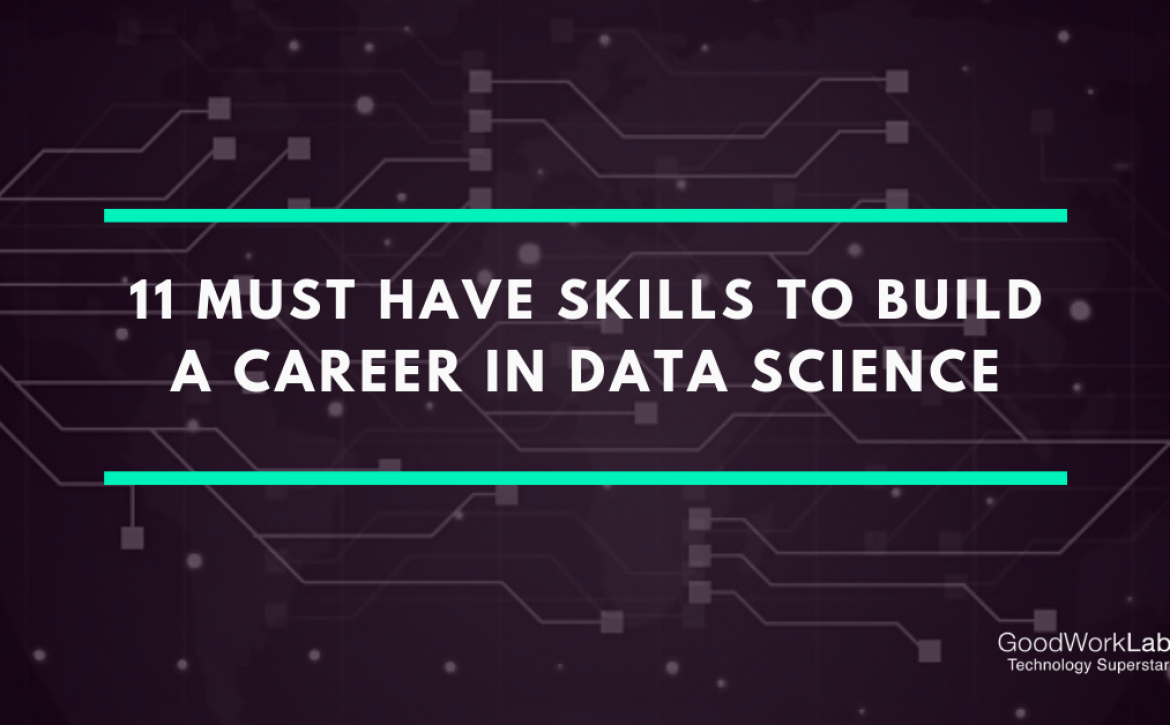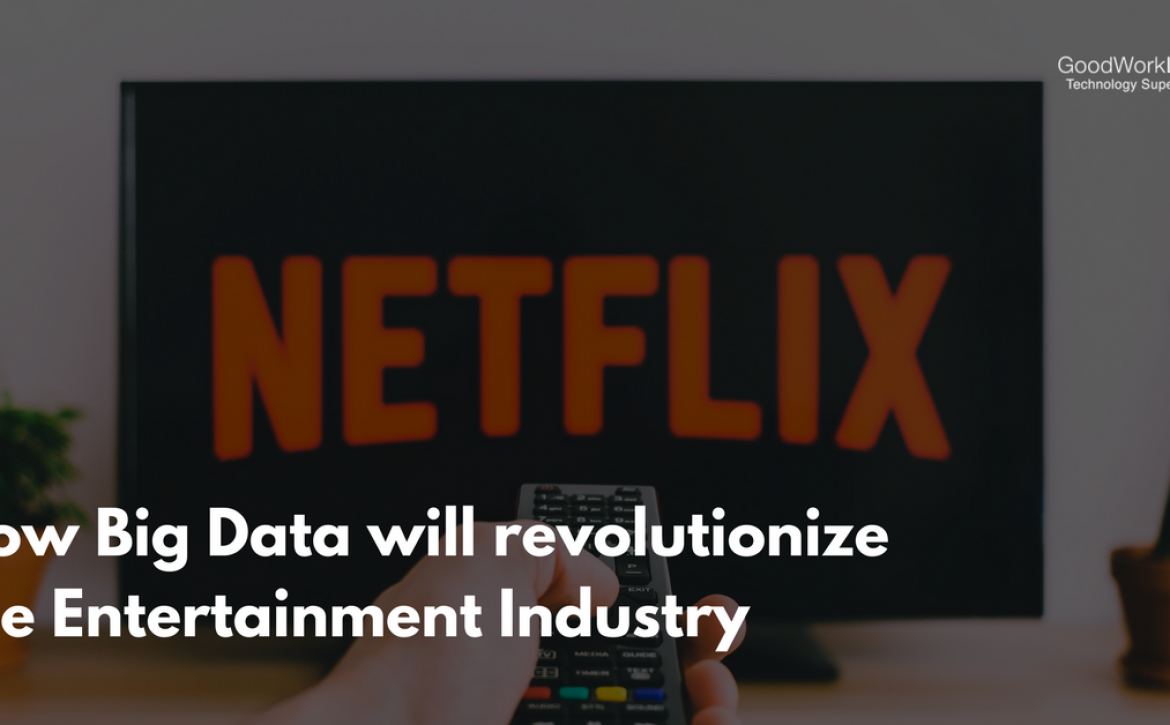6 trending Big Data Technologies for your Business
Big Data Technologies and Tools
An organization is all about the data it beholds and to make a decision that is valid for years, a massive amount of data is required. This brings us to today’s topic ‘how to handle data influx with Big Data‘ and what are pointers that you should know about Big Data.
Power of the Big Data can be used to elevate the business to new levels and capture market opportunities. Big Data is the term which is used for massive data. As the data inputs are received from a variety of sources, it is diverse, massive, and beyond the capacity of the conventional technologies.
Such quantum of data requires computationally advanced skills and infrastructure to handle it. Once equipped with the appropriate infrastructure the data must be analyzed for patterns and trends. Such trends and patterns aid in formulating marketing campaigns.

Following are some industries that are already ahead in leveraging Big Data for regular operations:
- Government organizations trace social media insights to get the onset or outbreak of a new disease.
- Oil and gas companies fit drilling equipment with sensors to assure safe and productive drilling.
- Retailers use Big Data to track web clicks for identifying the behavioral trends to adjust their ad campaigns.
Below we have listed few Big Data Technologies and big data tools that ought to be aware of
1. Predictive analytics
This technology helps you to discover, assess, optimize, and deploy predictive models, which will improve business performance by moderating business risks.
2. Stream analytics
Stream analytics analyzes the varied data in different formats that come from disparate, multiple, and live data sources. This method helps to aggregate, enrich, filter, and analyze a high throughput of data on a regular basis.
3. NoSQL database
NoSQL database is having an exponential growth curve in comparison to its RDBMS counterparts. This database offers increased customization potential, dynamic schema design, scalability, and flexibility which is a must for storing Big data.
4. In-memory data fabric
This technology lets you process data in bulk and provides low-latency access. Also, it distributes data across SSD, Flash, or dynamic random access memory (DRAM) of a distributed computer system.
5. Data Virtualization
If you require real-time or near real-time analytics to be delivered from various big data sources such as Hadoop and distributed data sources, data virtualization is your best way out.
6. Data integration
Data integration includes tools that enable data orchestration across solutions such as Apache Pig, Apache Hive, Amazon Elastic Map Reduce (EMR), Couchebase, Hadoop, MongoDB, Apache Spark, etc.
These tools are discussed in detail for you to understand below:
a) Apache Spark
Apache Spark is the fastest and general engine for Big Data processing. It has built-in modules for SQL support, graph processing, streaming, and machine learning. It supports all major Big Data languages including Java, Python, R, and Scala.
The main issue with data processing is the speed. A tool is required to reduce the waiting time between the queries and time taken to run the program. Apache Spark complements to computational computing software process of Hadoop but it is not the extension of the latter. In fact, spark uses Hadoop for storage and processing only.
It has found its utilization in industries which aim to track fraudulent transactions in real time like Financial institutions, e-commerce industry, and healthcare.
b) Apache Flink
Apache Flink was introduced by Professor Volker Markl- Technische University, Germany. Flink is a community-driven open source framework which is known for accurate data streaming and high performance.
Flink is inspired by MPP database technology for functioning like Query Optimizer, Declaratives, Parallel in-memory, out-of-core algorithms, and Hadoop MapReduce technology for functions like User Defined functions, Massive scale out, and Schema on Reading.
c) NiFi
NiFi is a powerful and scalable tool with the capacity to process and store data from a variety of sources with minimal coding. Also, it can easily automate the data flow between different systems.
NiFi is used for data extraction and filtering data. Being an NSA project, NiFi is commendable in its performance.
d) Apache Kafka
Kafka is a great glue between various systems from NiFi, Spark, to third-party tools. It enables the data streams to be handled efficiently and in real time. Apache Kafka is an open source, fault-tolerant, horizontally scalable, extremely fast and safe option.
In the beginning, Kafka was a distributed messaging system built initially at LinkedIn, but today it is part of the Apache Software Foundation and is used by thousands of known companies including Pinterest.
e) Apache Samza
The main purpose to design the Apache Samza is to increase the capabilities of Kafka and is integrated with the features like Durable messaging, Fault Tolerant, Managed State, Simple API, Processor Isolation, Extensibility, and Scalability.
It uses Kafka for messaging and Apache Hadoop YARN for fault tolerance. Thus, it is a distributed stream processing framework which comes with a pluggable API to run Samza with other messaging systems.
f) Cloud Dataflow
With a simple programming model for both batch-based and streaming data processing tasks, Cloud Dataflow is a native Google cloud data processing integrated service.
This tool cuts your worries about operational tasks including resource management and performance optimization. With its fully managed service, resources can be dynamically provisioned to maintain high utilization efficiency while minimizing latency.
Final Words
All of these tools contribute to real-time, predictive, and integrated insights which are exactly what big data customers want now. For gaining a competitive edge with big data technologies, one needs to infuse analytics everywhere, develop a speed differentiator, and exploit value in all types of data.
For doing all this, an infrastructure is required to manage and process massive volumes of structured and unstructured data. Thus, data engineers require the above mentioned tools to set patterns for data and help data scientists examine these huge data sets.




















